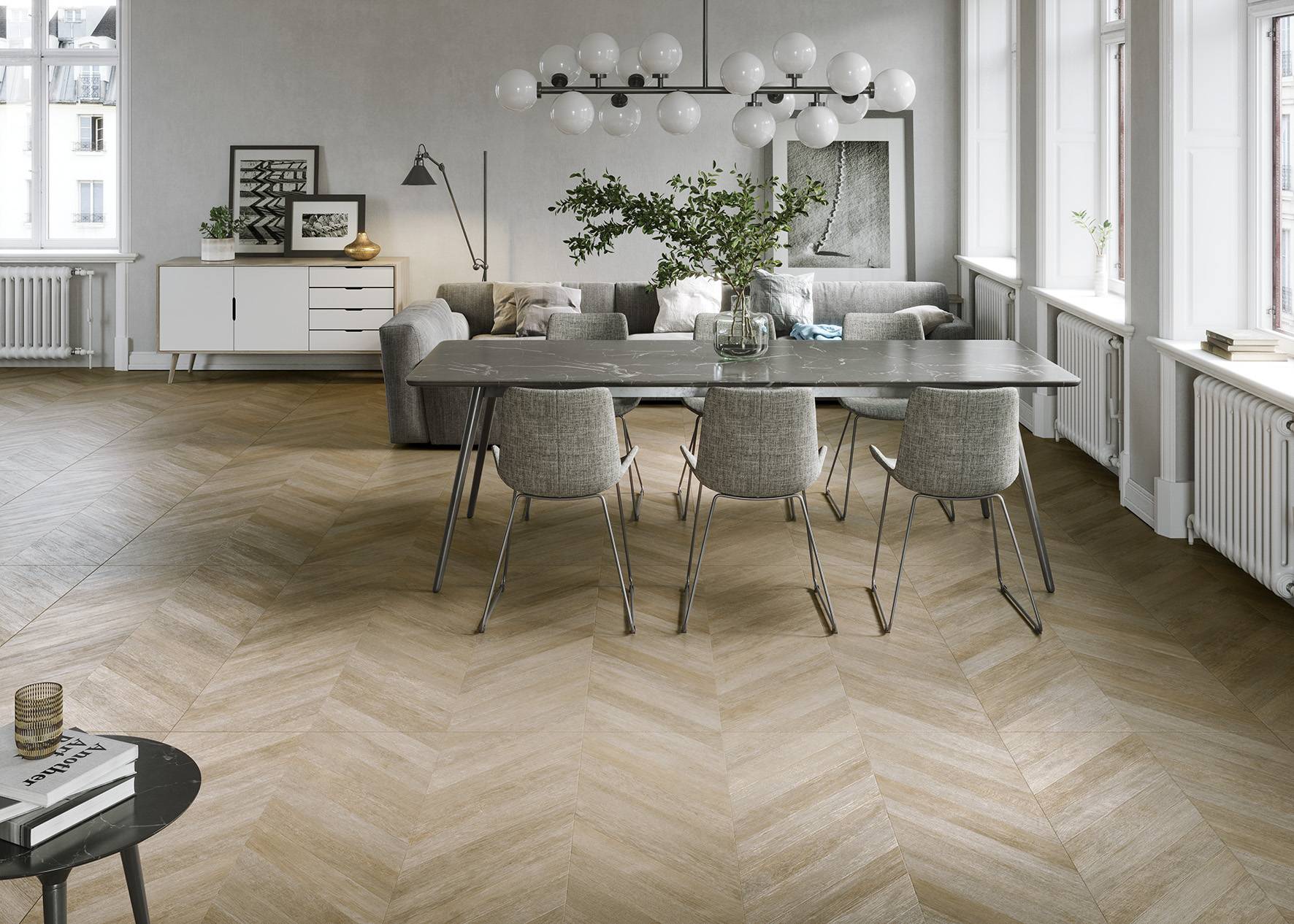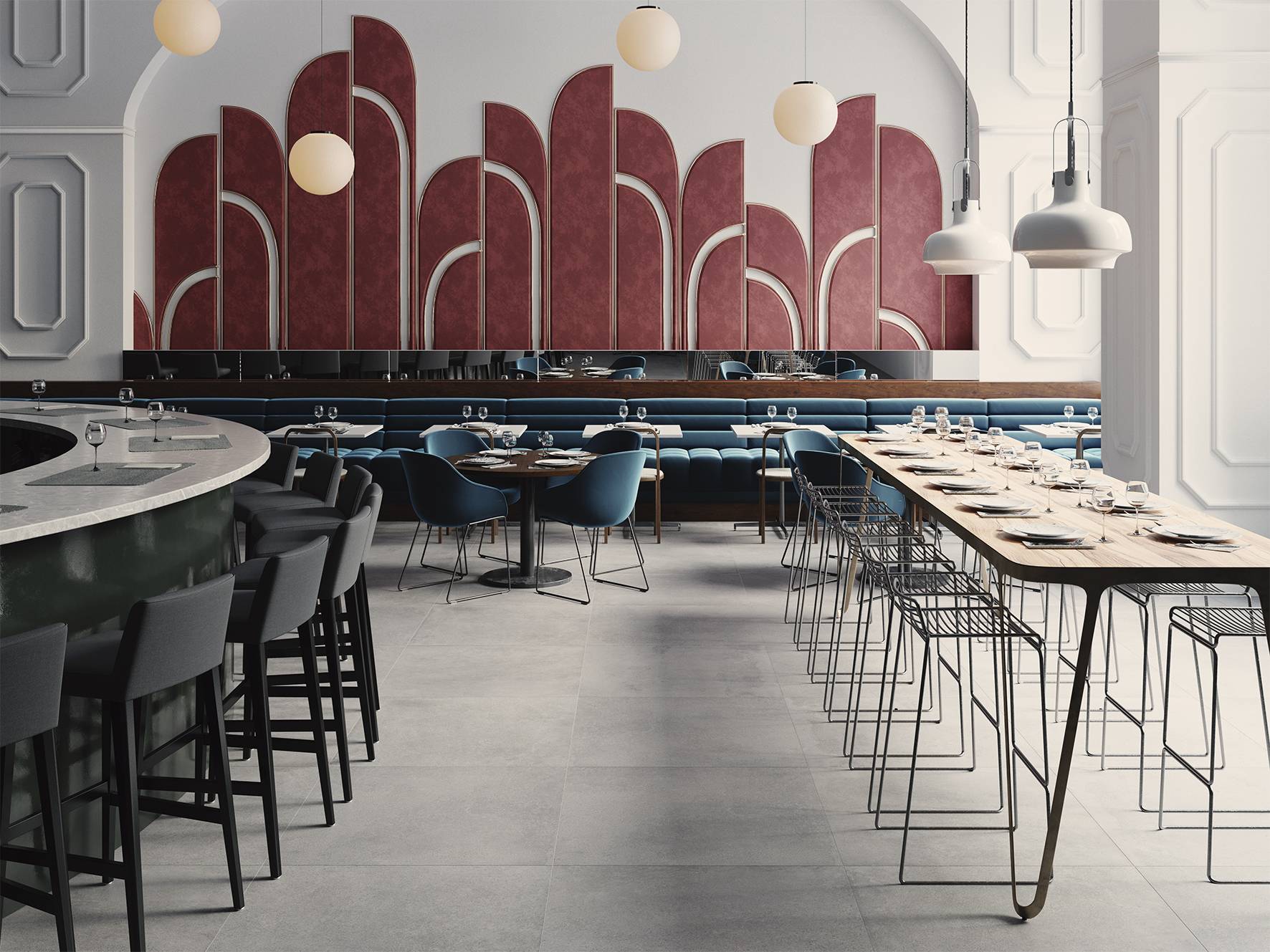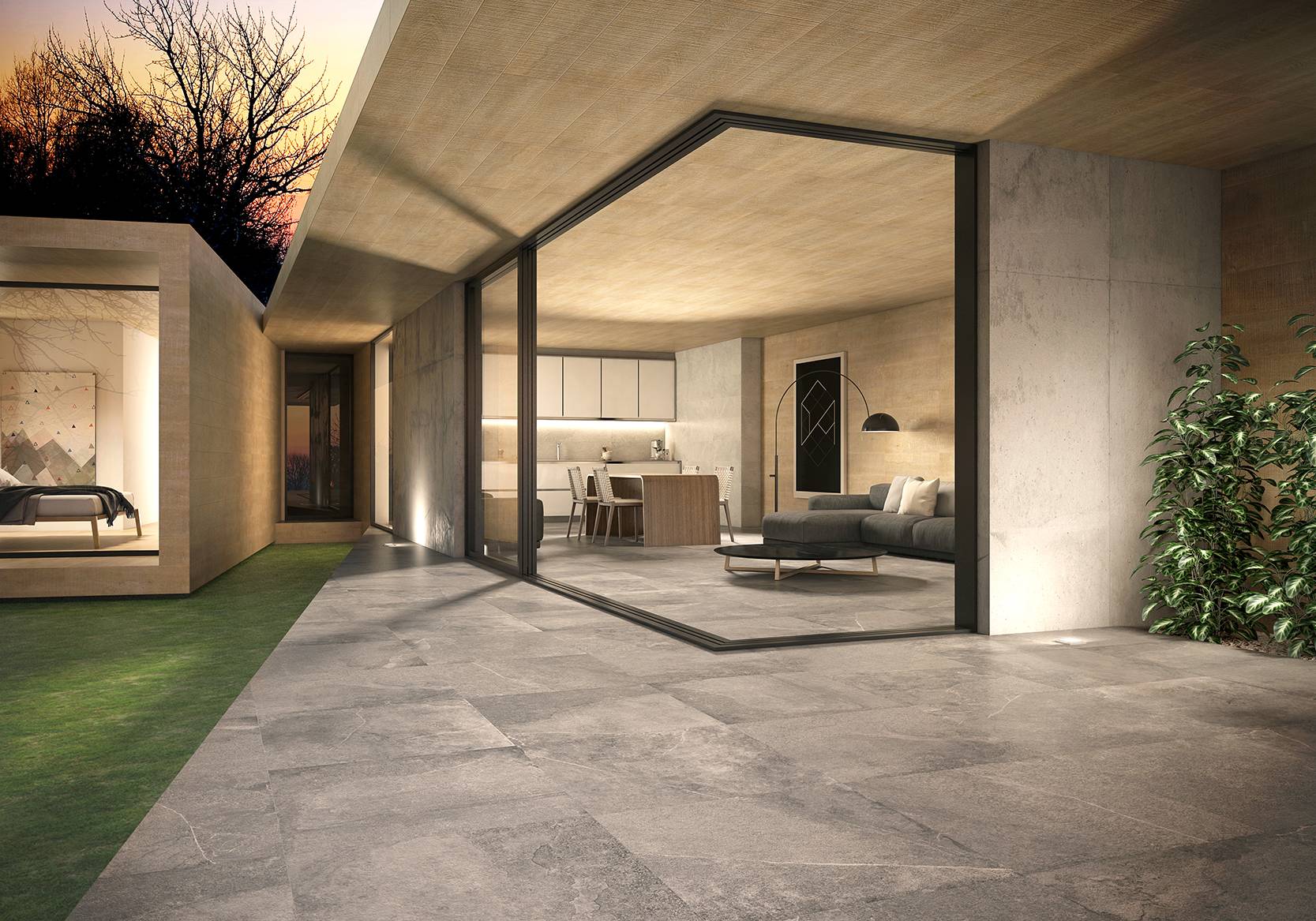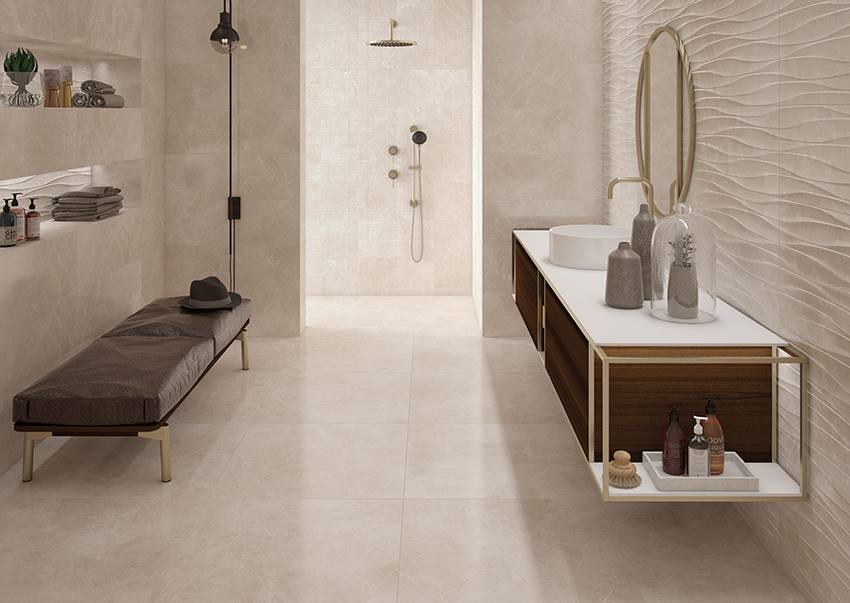Ceramics, guaranteed hygiene in floor and wall tiles
Ceramic is one of the most widely used materials in floor and wall tiles, and not only today; it has also been used for centuries by various major civilizations. In addition to its enormous strength and durability, ceramic is one of the safest materials to use to guarantee hygiene within an environment.

Ceramics were already being used by 1500 BC, not only to cover floors and walls, but also to transport wine, as surfaces to serve food from and in water containers used for personal hygiene. Why have ceramics historically been used for these food, care and cleaning purposes? The answer is simple: because of its hygienic characteristics.
Thanks to ceramic’s low porosity, it does not absorb moisture or dirt. Its antibacterial and antiallergenic properties make it the most suitable material for spaces where special care must be taken with hygiene. This is why ceramic has traditionally been used in kitchens and bathrooms, although its use has been extended to a wider range of rooms to respond to this need for asepsis in all spaces. Let's not forget that ceramics prevent the development of colonies of germs and fungi.
Simple cleaning, maximum hygiene
Another of ceramic’s attributes that has made its use widespread throughout history is the simplicity of cleaning and maintaining the material. Various products can be used to clean this material without damaging it or altering its appearance, if we discount acids that could damage it. Remember that floors are the surfaces that become most contaminated, since most dust and dirt is deposited on them. It is therefore important to carry out cleaning that requires little effort and does not involve expensive products.

To achieve optimum results, we must differentiate between a first thorough cleaning after the installation of the product, which will aim to remove any residues from the work such as lime, plaster, cement, paint. etc. and daily maintenance and cleaning. In addition, it is important to set clear basic premises in order to remove the dirt that accumulates day to day, without deteriorating the ceramic. It is also important to know which products are suitable according to the ceramic’s finish: matt, glossy, rough, etc.
Tips for cleaning ceramics
Making a ceramic surface look radiant is simple, but keeping the tiles good condition requires following the cleaning and maintenance instructions so as not to damage the ceramic product and to keep its beauty intact.
It is recommended that frequent care be taken in the regular maintenance of the ceramic tiles, preserving and protecting them from aggressive elements or environments and avoiding abrasive cleaning methods and products, as well as, in the case of flooring, installing a coconut skin rug or mat at the entrance to the home to eliminate urban traffic residues on the soles of the shoes. To remove general dirt on floors and walls, you can use hot water, cloths or sponges, mops or conventional cleaners with a neutral pH, never scourers (except for the first cleaning of the site post-installation to remove resistant materials). You should always follow the manufacturers' instructions regarding specific cleaning products and avoid using hydrochloric acids. When it comes to tiles with metal applications, we would recommend avoiding cleaning products containing acid. In this way, we will ensure maximum surface hygiene.
Due to regular use in certain spaces, parts may come into contact with more specific dirt that requires particular cleaning. There is a wide variety of specific products on the market for each type of stain, such as paint, rust, marker, silicone or glue. Here you can see the products recommended by Keraben Group for each type of stain (page 383).

End-of-installation cleaning with specialised products
After laying the tiles, it’s essential to clean them thoroughly to remove joint residues and general dirt from the work. As we mentioned previously, it is important to avoid using abrasive products, such as hydrofluoric acids. Once the grouting process has been completed, we’ll need to remove the excess material before it sets. We recommend using a slightly acidic detergent that does not give off toxic fumes and that respects the joints, the material and the user, such as Fila Deterdek. In the case of epoxy resin joints, it is advisable to use a specific epoxy residue cleaner, such as Fila CR10.

Ceramic floor and wall tiles represent the most effective, comfortable and safe alternative for maintaining proper hygiene and cleaning conditions. In addition, they are inherently waterproof surfaces that prevent the introduction of any type of liquid that could generate reactions or contamination. In addition, their chemical resistance makes them capable of withstanding, without detrimental effects, detergent and disinfectant products, which would be harmful to other coating and flooring materials. Porcelain is, in short, one of the most hygienic and easiest materials to clean.







